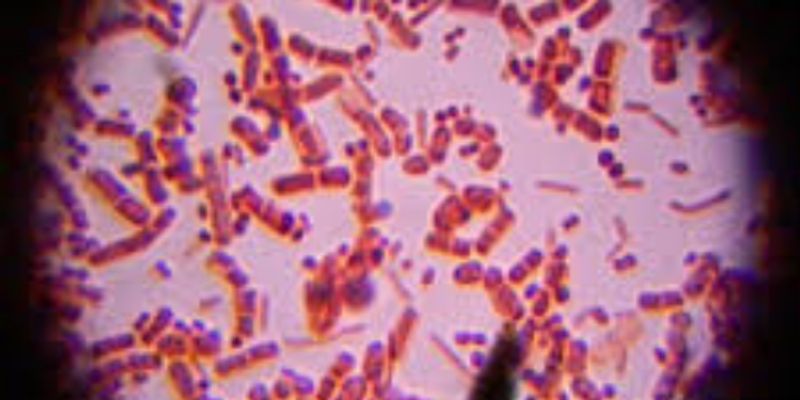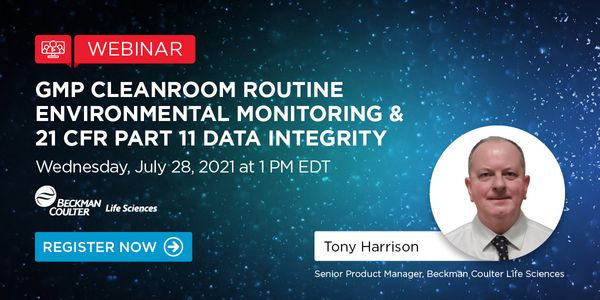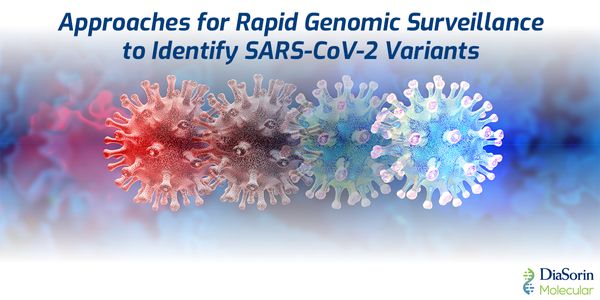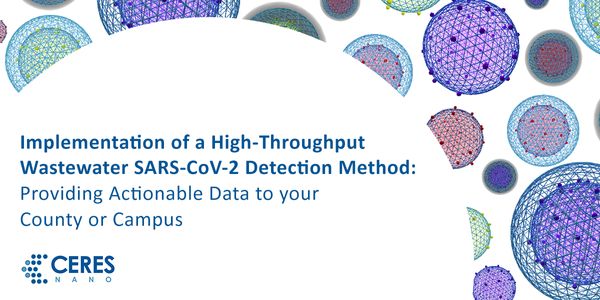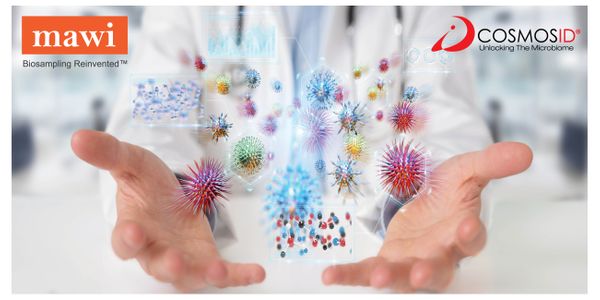Microbials
Microbials (Bacteria) are unique living organisms that live their life as a single cell for its entirety. Bacillus is a specific type of (genus) of bacteria which grow aerobically (with oxygen) and to some extent anaerobically (without oxygen and forms spores. Microbial pre-treatment, also known as pre-acidification or multi-stage fermentation, is a simple kind of pre-treatment technology in which the first steps of anaerobic digestion (hydrolysis and acidogenesis) are separated from acetogenesis and methanogenesis.
-
The Human Microbiome Project was conceived almost 15 years ago, as an extension of the Human Genome Project, to explore the diversity of human-associated microorganisms at multiple body site...
JUL 28, 2021 | 10:00 AM
Date: July 28, 2021 Time: 10:00am (PDT), 1:00pm (EDT) Routine Environmental Monitoring in GMP cleanrooms is a manual process and is usually complex, involving thousands of sample data points...
JUN 29, 2021 | 10:00 AM
Date: June 29, 2021 Time: 10:00am (PDT), 1:00pm (EDT) SARS-CoV-2 continues to evolve and surveillance of variants is a necessity. Routine analysis of genetic sequence data allows the identif...
JUN 22, 2021 | 10:00 AM
Date: June 22, 2021 Time: 10:00am (PDT), 1:00pm (EDT) Antimicrobial resistance (AMR) has emerged as one of the principal public health problems of the 21st century. It threatens the effectiv...
JUN 16, 2021 | 11:00 AM
Date: June 16, 2021 Time: 11:00am (PDT), 2:00pm (EDT) Large-scale wastewater surveillance can be used to help communities monitor infection dynamics for SARS-CoV-2. Wide-spread implementatio...
MAY 27, 2021 | 11:00 AM
Date: May 27, 2021 Time: 11:00am PDT, 2:00pm EDT Microbiome studies often suffer from issues that recent technological advances can solve easily. In this seminar, we will walk through planni...
MAY 27, 2021 | 10:00 AM
DATE: May 27, 2021 TIME: 11:00am PDT A revised version of the USP chapter on Total Organic Carbon (TOC) USP<643> was published recently and will become official on 1 st May 2021. This...
APR 28, 2021 | 11:00 AM
DATE: April 28, 2021 TIME: 11:00am PDT A revised version of the USP chapter on Total Organic Carbon (TOC) USP<643> was published recently and will become official on 1 st May 2021. Thi...
Microbial communities include distinct lineages of closely related organisms which have proved challenging to separate in metagenomic assembly. Challenges include the existence of highly rel...
RNA plays important and diverse roles in biology, but molecular tools to manipulate and measure RNA are limited. We demonstrate that RNA-targeting CRISPR effector Cas13 can be engineered for...
Speaker:
Omar Abudayyeh, PhD
, Jonathan Gootenberg, PhD
Presented at: CRISPR Virtual Event Series 2020
While transformative, first-generation CRISPR technologies remain limited across multiple important dimensions including scalability, editing efficiency, types of modifications available, an...
Speaker:
Nandini Krishnamurthy, PhD
While live cell imaging offers advantages over traditional static imaging, this approach has been challenging for studying microbes due to the difficulty in tracking very small cells in a si...
Speaker:
Cindy Chen, PhD
In this webinar, we will present QIAGEN CLC Genomics Workbench and its utility for bacterial isolate identification, strain discrimination using core genome multi-locus typing (cgMLST) and d...
Speaker:
Jonathan Jacobs, PhD
Learning Objectives: 1. Understand the challenges of extracting DNA from human samples for microbiome analysis, and learn about the best technologies for accomplishing this 2. Learn about pr...
Speaker:
Dominic O'Neil, MS, MBA
Enigmatic and often vilified, viruses are now known to play important and possibly indispensable roles in the biology and ecology of cellular organisms. Evidence of viral impacts are everywh...
